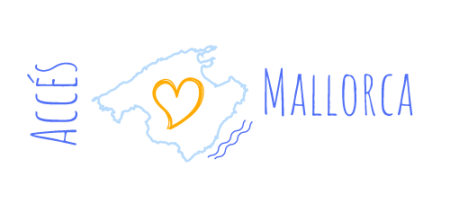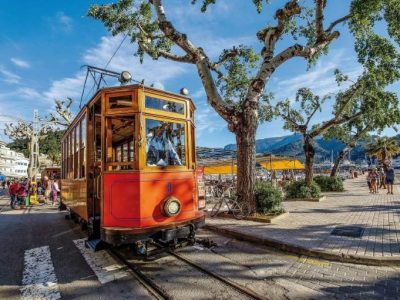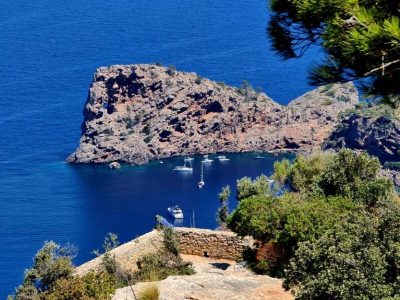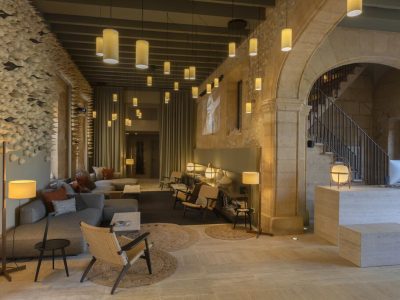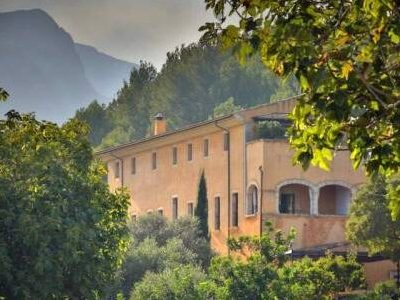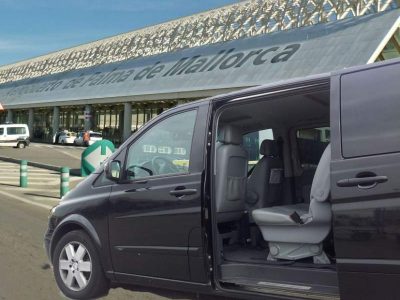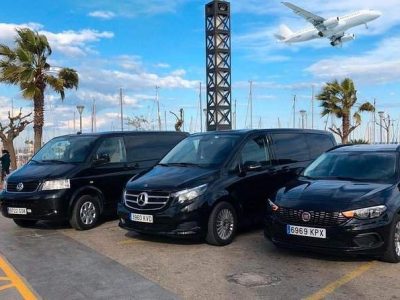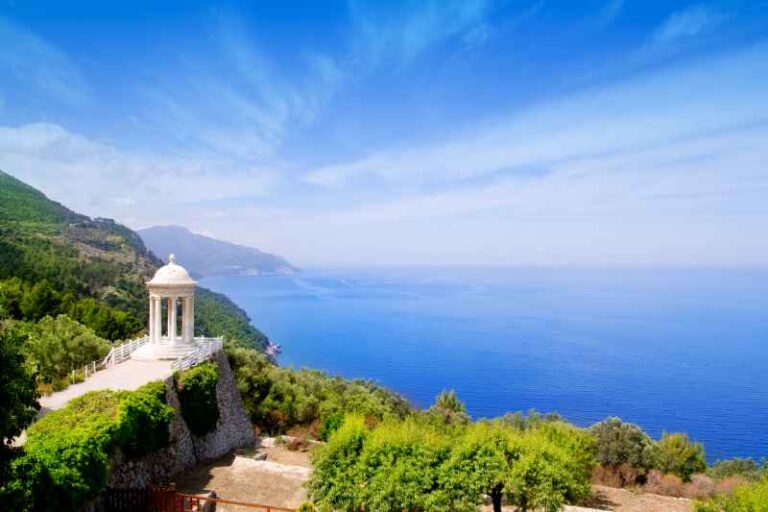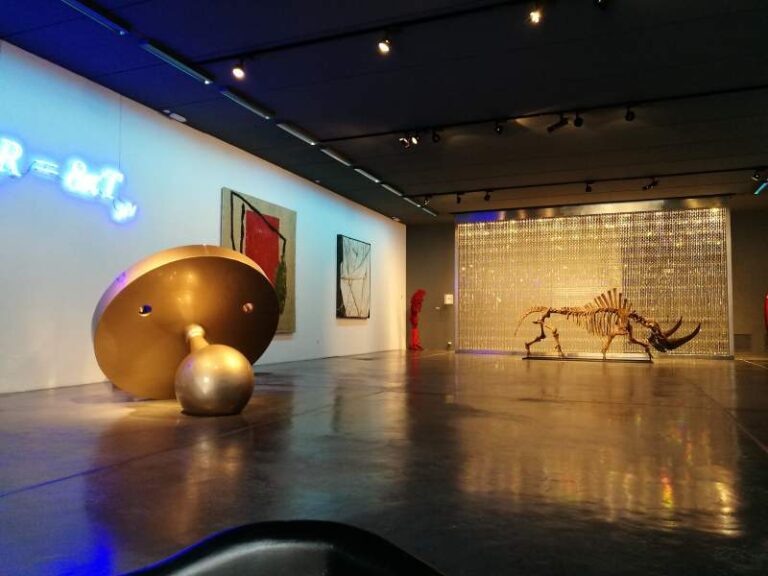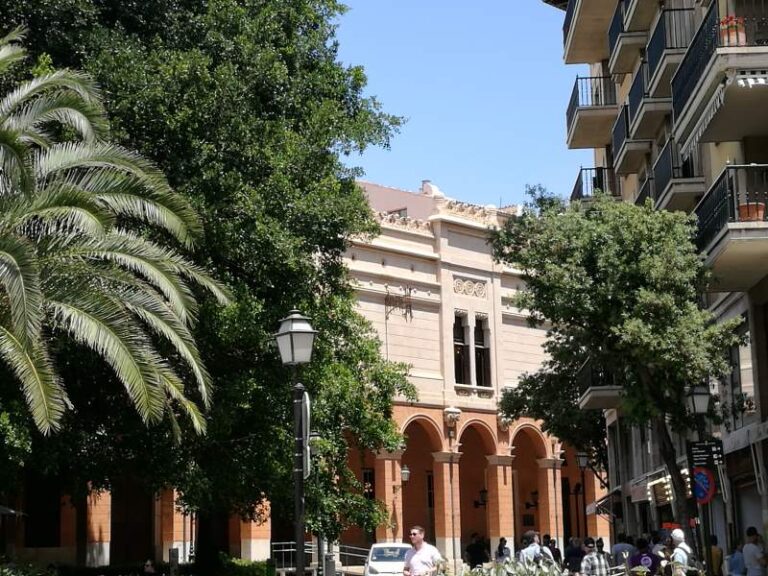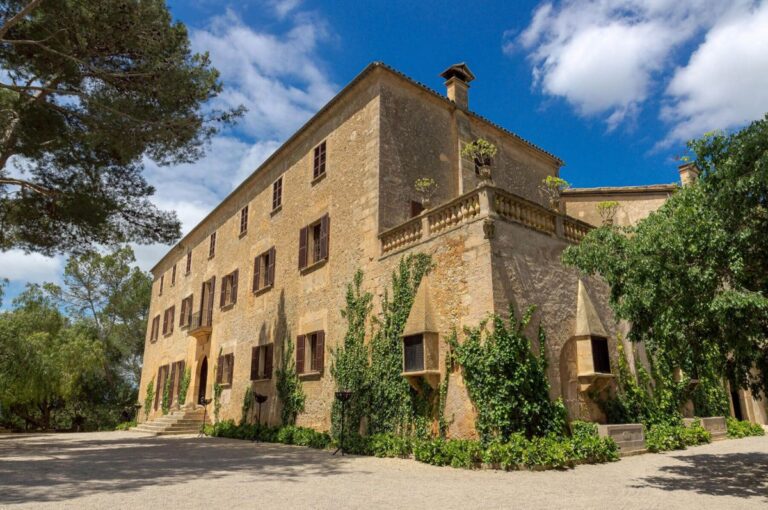All your holiday planning needs in one place, letting you book direct and benefit from official online rates
- Places To Go
- Things To Do
What’s Your Interest?
Traveling with kids
- Blog
Museum of Martí Vicenç
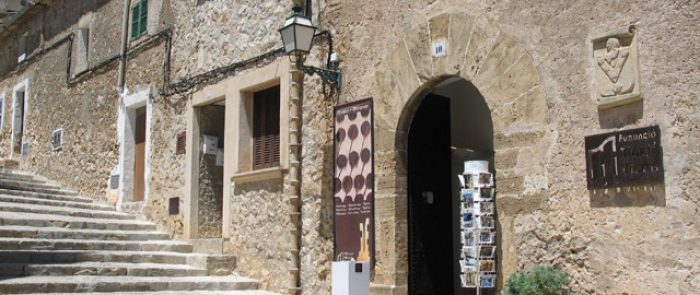
FEATURED EXPERIENCE

Dolphin Watching & Sunrise Coast Cruise with Guide from Alcúdia
From: €65
- Lowest Online Rates
Visit the museum of local artist and famous Mallorcan, Marti Vicenç, in the most beautiful area of Pollenca old town
The Martí Vicenç Museum is interesting for two reasons; for the building where the museum of now located, Can Sionet, and for his works as a weaver.
Martí Vicenç Alemany was born in Pollença in 1926. He was the grandson of a long range of weavers, and from a very early age, together with his brother Rafel, he wove some linen aprons called canyons. Martí followed in his father’s footsteps, who was also a weaver, and experimented with roba de llengües, a typical Mallorcan-style cloth with a pattern of tongue-like shapes or llengues of white blended with blue, green or red.
Towards 1945, when the industry of Pollença began to flourish after years of recession, he set up the textile business Galeries Vicenç, and developed an extensive collection of fabrics with innovative ideas, although maintaining the spirit of the llengües cloth.
Part of this craft production can be seen in the Museu Martí Vicenç, located in C’an Sionet, a 17th Century building which previously formed part of a convent. Its location is also special as it is situated at the start of Calvary stairs, the steep hill with 365 steps.
All the rooms in this museum-house can be visited. The first one is the Weaving Room, with a display of the most common instruments which were used in manual textile production. In the centre of the room is an old loom with the warp threads set up and the shuttle ready to work.
Extensive collection of llengües cloth
Another of the interesting items is the hemp hackle, used for extracting fibre from the plant; or the filosas, with which they spun the sheep’s wool. Among the artist’s many llengües cloths, special mention should go to the one which was awarded a prize in 1980 at the International Avant-Garde Crafts Show of Barcelona.
The kitchen houses the many objects which Martí Vicenç and his wife, Antonia Capllonch, collected throughout their life, until his death in 1995 including plates, pans, a kneading trough, mortars, jugs and a whole host of elements of diverse origin.
The rest of the museum is dedicated to his facets as a painter and sculptor. His paintings, made using mixed technique, are a recreation of threads, wool or pieces of fabric. His sculptures, in wood, remind one of machinery.
Info
- Carrer del Calvari, 10, 07460 Pollença (get directions)
- +34 971 531 166
